Spanish
Saludos apreciados amigos y seguidores amantes de la naturaleza. Un afectivo saludos para todos ustedes espero allán tenido un buen fin de semana cargado de grandes bendiciones. Para mi es un honor poder compartir nuevamente otro de mis contenidos. En mi post del día de hoy les conversare sobre la planta de cosmos amarillo
(Cosmos Sulphureus)
English
Greetings dear friends and followers nature lovers. Warm greetings to all of you, I hope you had a good weekend full of great blessings. For me it is an honor to be able to share again another of my contents. In today's post I will talk to you about the yellow cosmos plant
(Cosmos Sulphureus)
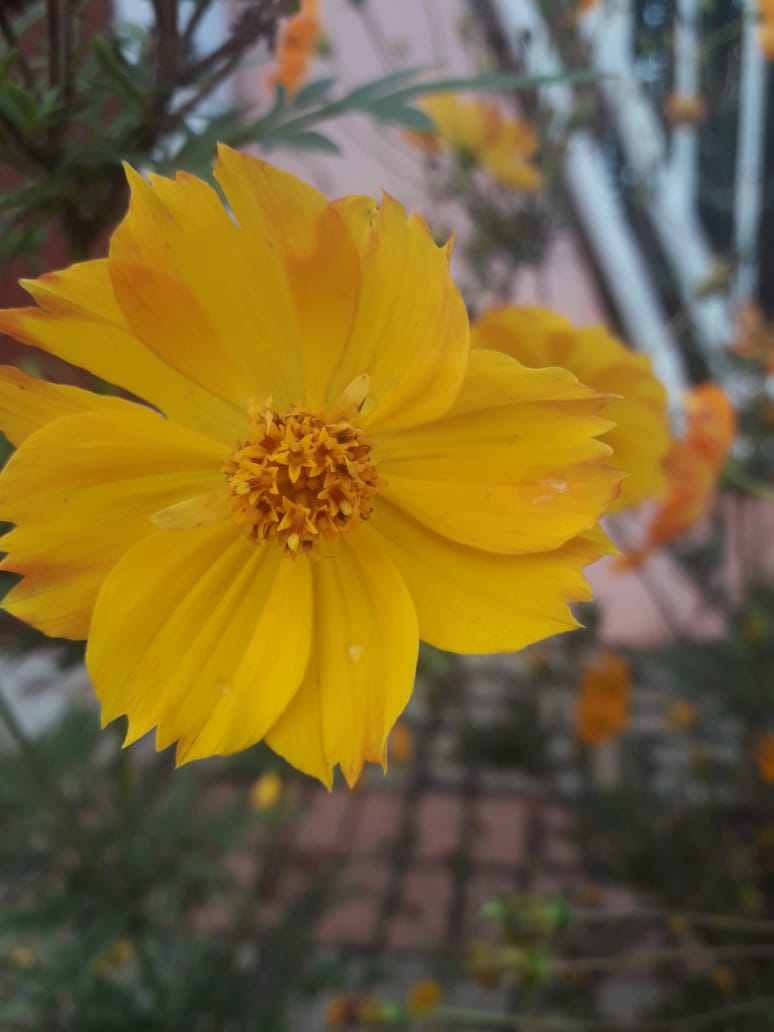
Está planta es herbácea anual
perteneciente a la familia de las Asteraceae es originaria de Centroamérica, Forman matas de entre 30 a 90 centímetros. Rara vez logran alcanzar hasta 2 metros de altura. Existen de distintas dimensiones y colores variados como amarillas, naranjas y rojizas.
Los tallos son de color verdes, redondeados, velludos y delgados
This plant is an annual herbaceous
It belongs to the Asteraceae family and is native to Central America. It forms bushes of between 30 to 90 centimeters. They rarely reach up to 2 meters in height. They exist in different sizes and various colors such as yellow, orange and reddish.
The stems are green, rounded, hairy and thin.
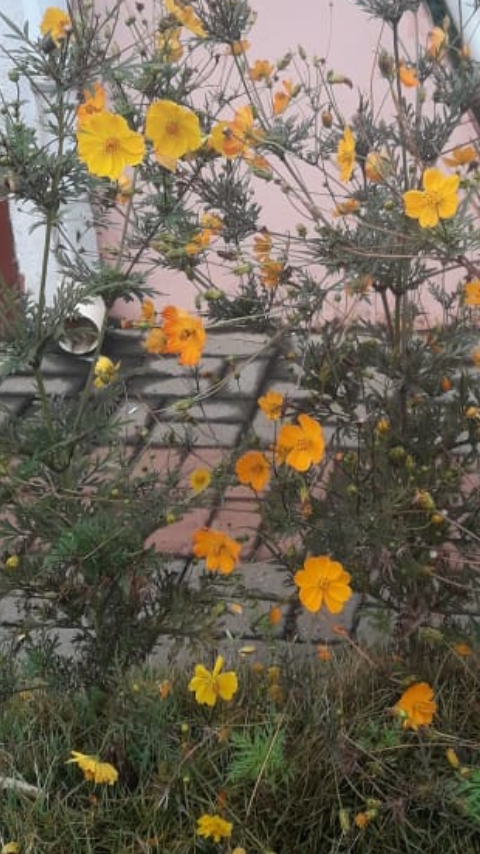
Las hojas son triangulares y alargadas de un color verde oscuro, miden aproximadamente entre 20 y 25 centímetros de longitud florecen en verano, sus flores miden Alrededor de 6 centímetros de diámetro tienen pétalos alargados y ovalados muy parecidos a las margaritas suelen ser dobles y son muy atractivas. Atraen a muchos polinizadores como abejas, pegónes, colibríes,
mariposas y otros insectos
Florecen muy bien a pleno sol
The leaves are triangular and elongated of a dark green color, measure approximately 20 to 25 centimeters in length bloom in summer, its flowers are about 6 centimeters in diameter have elongated petals and oval very similar to daisies are usually double and are very attractive. They attract many pollinators such as bees, bee-eaters, hummingbirds, butterflies and other insects,
butterflies and other insects.
They bloom very well in full sun
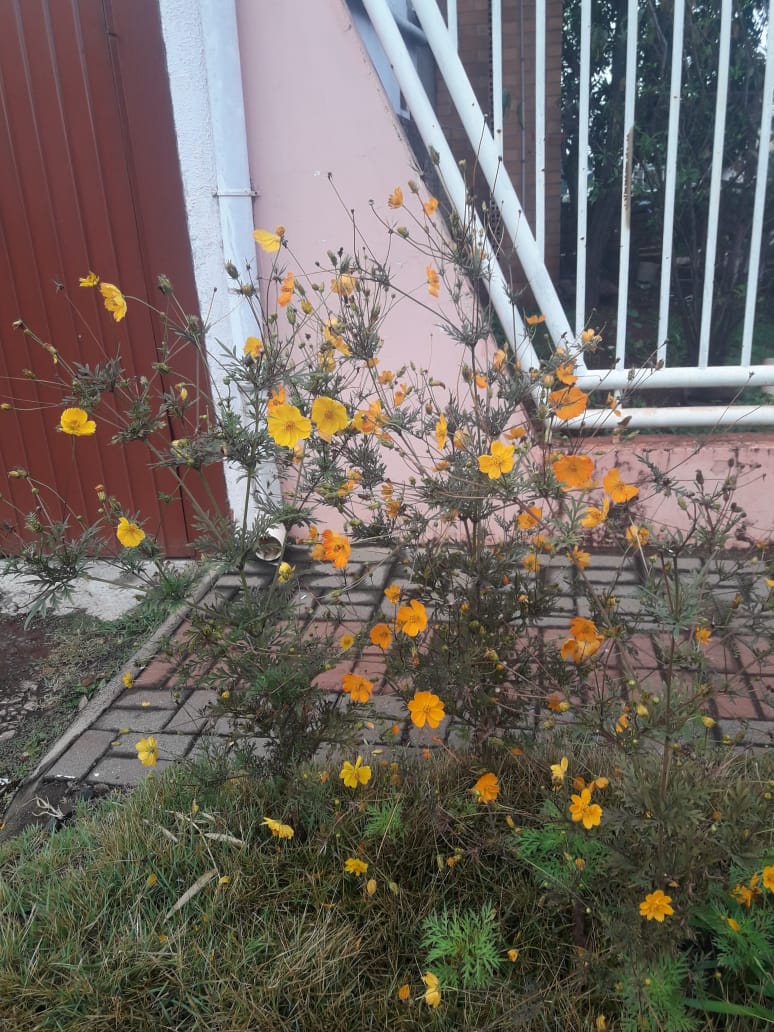
El suelo debe ser medianamente fértil y con buen drenaje, las plantas adultas bien enraizadas soportan periódos cortos de sequía pero las plantaciones nuevas de semillas germinadas ameritan ser regadas de manera regular. Las plantas jóvenes es bueno podarle los extremos de los tallos para obtener una mayor floración y cortar las flores secas para favorecer el nacimiento de nuevas flores. Se cultivan como planta de temporada ya que resiste las altas temperaturas de verano pero no soporta el frío
The soil should be moderately fertile and well-drained, well-rooted adult plants tolerate short periods of drought but new seedlings from germinated seeds need to be watered regularly. Young plants should be pruned at the ends of the stems to obtain a greater flowering and cut the dried flowers to favor the birth of new flowers. It is cultivated as a seasonal plant as it resists high summer temperatures but does not withstand the cold.

Son plantas muy fáciles de cultivar su principal enemigo es el riego excesivo y la falta de drenaje ya que esto causa pudrición en sus raíces, no suelen tener problemas con enfermedades ni plagas de insectos. Se reproducen por semillas estas suelen nacer entre dos o tres semanas después de ser sembradas, florecen alrededor de dos meses después. En condiciones favorables las plantas pueden auto-sembrarse por si mismas ya que sus semillas pueden expandirse germinado por si solas y si el clima es propicio pueden llegar a invadir otros cultivos
¡Mi principal motivación es que les agrade mi publicación!
They are very easy to grow, their main enemy is excessive watering and lack of drainage as this causes root rot, they do not usually have problems with diseases or insect pests. They reproduce by seeds, these are usually born between two or three weeks after being sown, they bloom about two months later. In favorable conditions the plants can self-seed by themselves since their seeds can expand germinated by themselves and if the climate is favorable they can invade other crops.
¡My main motivation is that you like my publication!
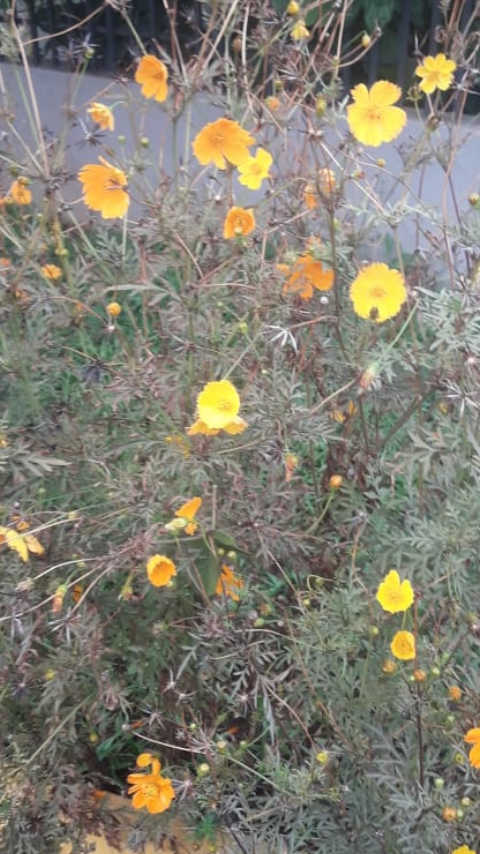
Gracias por visitar mi blog comentar y apoyar espero y mi publicación sea de su agrado. @diana20
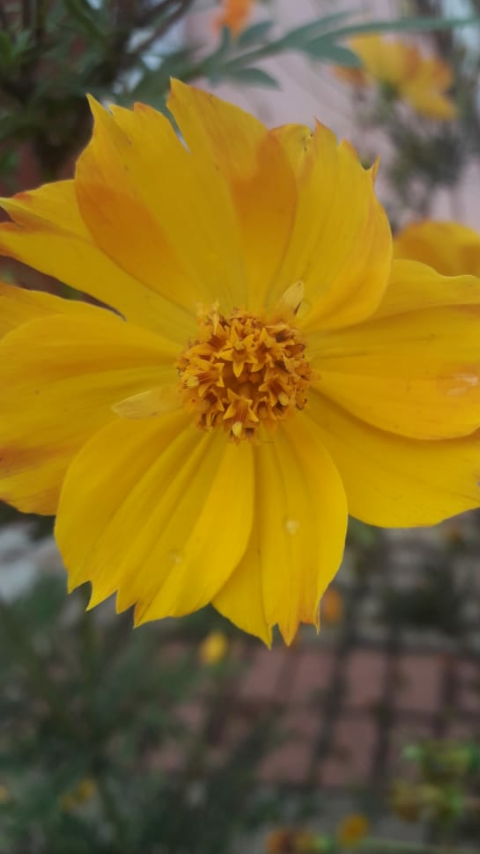 Thank you for visiting my blog, comment and support, I hope you like my publication. @diana20
Thank you for visiting my blog, comment and support, I hope you like my publication. @diana20
Hasta la próxima bendiciones para todos
Until next time, blessings to all
We appreciate your work and your post has been manually curated by @redheadpei on behalf of Amazing Nature Community. It will be added to the weekly botany curation post. Keep up the good work!
Greetings @hive-127788 and @redheadpei grateful for your support. I am Venezuelan and I have been on this important platform for a short time, publishing my original content on a daily basis with the purpose of innovating and acquiring new knowledge. Thank you @diana20
Author @diana20
Hi @diana20. You are welcome. Thanks for posting in Amazing Nature Community and sharing interesting information on the Cosmo flower.
A beautiful way to attract all those bees around ^^
Greetings @adalger actually yes both bees and other pollinators. Thanks for reading, commenting and supporting me. Blessings @diana20